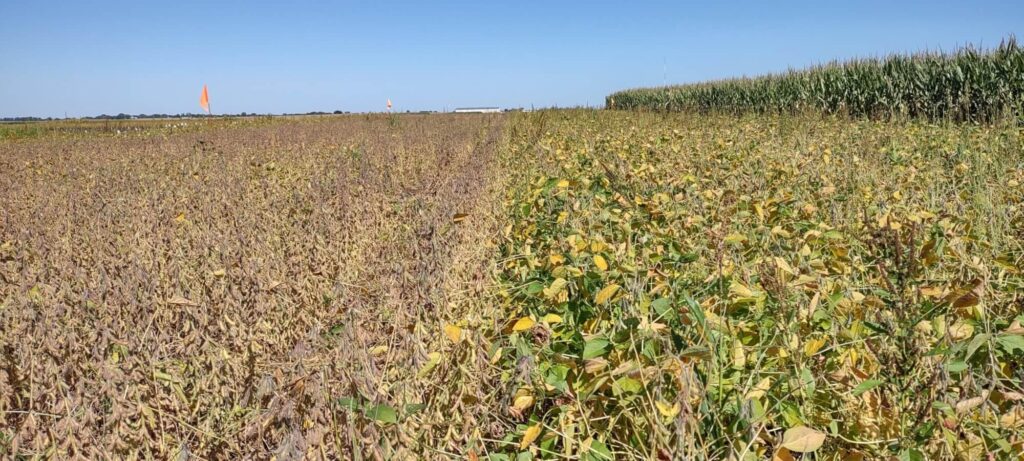Policymakers Overlooking Forest Regeneration: The Subtle Tyranny of Ignored Opportunity
For decades, the conversation about forests and climate change has unfolded much like a script written in thick ink—familiar talking points, repeated metaphors, well-trodden ground. Yet here stands forest regeneration—nature’s own act of restoration—hovering at the fringes while policymakers keep their eyes pinned to what gleams or shouts louder. Instead of orchestrating swift decline in atmospheric carbon by harnessing regrowth’s less polished power, legislation tends toward regimentation: quotas for new saplings; sterile buffer zones; protection plans filled with numerical optimism but sometimes missing ecological resonance.
What Policymakers Are Missing… Or Choosing to Ignore
When policy is set on a linear path—like beads threaded only along one color—the world grows monochrome. Energy standards soar into headlines and urban tree planting projects are paraded as visible victories, yet actual support for the quiet resurgence of forests after harvests or clearing stalls somewhere behind bureaucracy’s closed doors. Missing from many frameworks is robust prioritization of naturally regenerating landscapes—a term which circles round academic journals but too rarely filters out through Ministry proclamations.
Secondary forests (those that recolonize former clearcuts or abandoned farmlands) have recently been quantified as carbon-removal dynamos. Research reveals that these recovering woods aged between twenty and forty can extract atmospheric carbon up to eight times faster per hectare than freshly planted areas—or even some venerable old stands—if people simply let them age undisturbed for long enough. It staggers belief how such standing capacity gets excised from mainstream policy dialogue.
Numbers Have A Way Of Upsetting Comfortable Narratives
Statistical biases cast long shadows over policymaking meetings where time ticks away beneath buzzes from digital notifications and chimed reminders about “plant more trees.” Surveillance data show nations systematically underreport the value secondary forests bring during periods when they regrow free from recurring disturbances. Their capacity remains largely off-ledger in national climate inventories even though it could tip annual mitigation numbers if counted properly—or allowed its full tenure on recovering soil.
Oddly enough, one wonders whether this oversight is deliberate neglect or a byproduct of institutional inertia. When legacy programs focus so single-mindedly on reforestation (i.e., fresh planting), they tend to treat spontaneous regeneration more like unruly background noise than strategic ally.
One harvest missed; another field left vacant by failed corn reminds us: neglected lands aren’t just relics—they’re latent reservoirs waiting assignment onto climate ledgers.
Regeneration as an Ecological Technology
If engineering marvels steal all the intrigue at climate summits, why should ordinary seed dispersal warrant celebration? Maybe because it doesn’t bill taxpayer dollars in advance drafts nor require shipping crates labeled “Innovation.” Forest regeneration’s advantage lies not merely in costs saved but also biological complexity deployed without intervention—a kind of analog technology performing asynchronous miracles out where satellite reporting sometimes loses resolution.
Policymakers lean hard into metrics—but metrics often fail subtlety tests when applied to biomes pulsing with unpredictability. Wild seedlings select their sites without consensus documents guiding root depth preference; microbe networks ignore statutory lines drawn according to watershed boundaries rather than fungal partnership prosperity.
Left unchecked—not unmanaged—the patchwork evolves into multi-aged canopy structures whose resilience eclipses monocultures shaped by plantation formulas frequently preferred during official plant-a-million campaigns.
Shifting Policy Focus: Not Just About More Trees
A few alternative-minded organizations recognize this gap now widening before our eyes—and seek engagement beyond strict management tactics. American Forests’ 2025 priorities touch upon “accelerating reforestation” mainly around post-wildfire zones while also nodding toward broader partnerships with private landowners and tribal stewards who often leave recovery avenues open rather than forcing uniformity upon returning woodlands.
Some governments are edging closer towards measurable ambitions through comprehensive strategies aiming for substantial gains in overall forest cover within specific timelines—an approach that seeks harmony between active intervention and letting natural succession fill silence left behind after agricultural withdrawal. Still, action lags behind research findings regarding secondary forest dynamism—which demonstrates what might be called a ‘guerrilla potential’: quietly powerful if unleashed beyond administrative expectations.
A Riddle Without An Answer Key
Clutching at traditional solutions yet eyeing dwindling returns turns many discussions inside-out sooner than expected—as though sand trickles backward up an hourglass neck mid-debate. Anyone invoking Occam’s razor might ask why allow bureaucratic pacing where nature already runs ahead?
Perhaps because passive restoration fails political theater—a scene without ribbon-cutting ceremonies risks going unnoticed during election cycles craving spectacle over delayed gratification.
So districts draft blueprints lined with glossy prospects even while silent groves fill hollowed places left barren years earlier—with no official recognition ticking upward on monthly progress spreadsheets.
Yet there’s sense in heeding what’s hidden underfoot: resilience arising not solely from pots at nurseries but burgeoning wildwood rising against odds predicted unfavorably only decades ago.
Pastures resigned to memory could wind up as tomorrow’s bulwarks against drought-rising tide interactions science hasn’t gamed out entirely yet—a fact policymakers might pocket alongside lobbyist pleas next time budgets open wide beneath Capitol domes echoing faint songbird calls muffled by marble corridors.
The dog days aren’t always signaled by barking dogma alone; occasionally oak saplings assert themselves where regulation stutters—and maybe someday soon policies will have learned how best not just to cultivate trees but better preserve possibilities sprouting freely across overlooked landscapes we still share.



